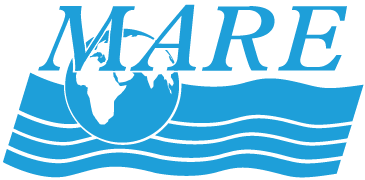Session 8. Designing Learning Experiences and the Carbon Cycle
In this session, participants continue to explore the carbon cycle through multiple experiences and discuss how the structuring and sequencing of activities about the carbon cycle can promote deeper understanding. Participants consider carbon flows between land, ocean and atmosphere reservoirs, including flows caused by human activities. They construct a model of the carbon cycle with information gathered from simulations, readings and investigations. Next, participants engage in a series of activities to deepen their conceptual understanding of the carbon cycle and discuss how the focus and design of each activity, as well as the sequence of their rotation through the activities affected what they learned. The Learning Cycle (introduced in Session 3) is reviewed and applied to the carbon cycle activities as a model to guide participants’ thinking as they start to develop their own activity. Participants then consider how the crosscutting concepts of Systems & System Models; and Scale, Proportion & Quantity can frame and support understanding of this complex cycle. Participants are presented with the requirements and a guideline (based on the learning cycle model) for the final project in which they will work over the next sessions to choose a specific testable question that can be addressed using professionally-collected data, from online data sources.
- Session 8. Write-Up
- Session 8. Slideshow
- Session 2. Handouts: Final Project (Final Project Guidelines; Topic Area Questions; Science Topic Area Paper; Sample Student Investigation Questions); NGSS (NGSS-Systems and Systems Models;NGSS-Scale, Proportion, and Quantity; Framework Pages 89-94) Activity (Defining the Carbon Cycle; Carbon Cycle Cards; Carbon Cycle Station Instructions; Paperclip Carbon Cycle Game; and Tabletop Carbon Cycle arrows and labels); and Characteristics of Testable Questions

